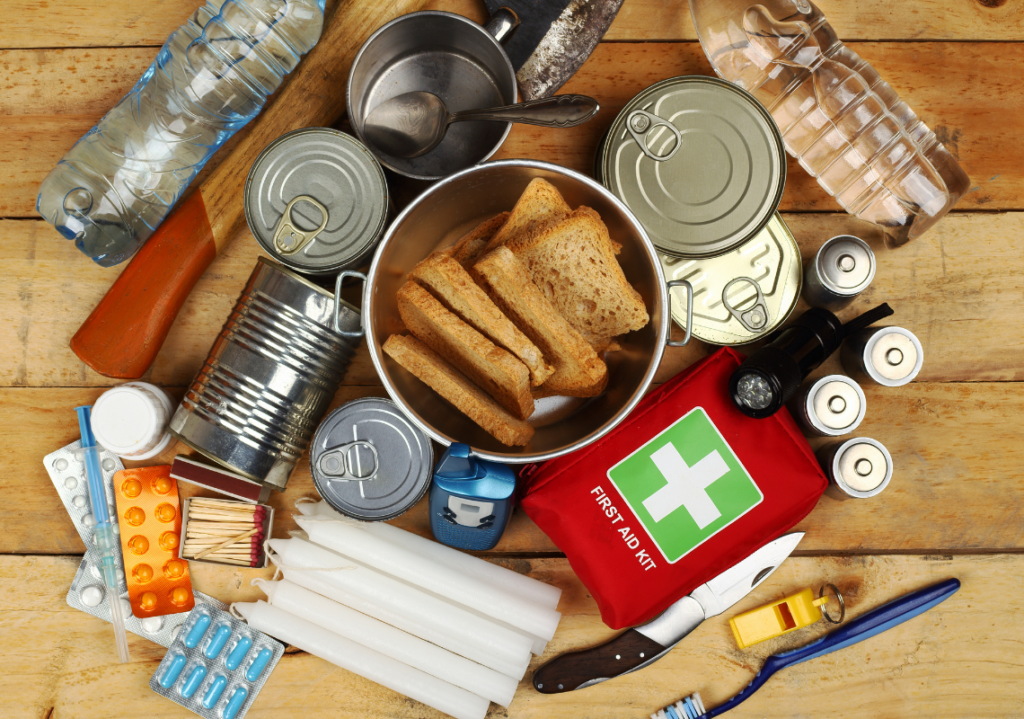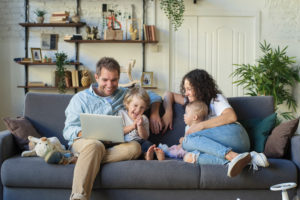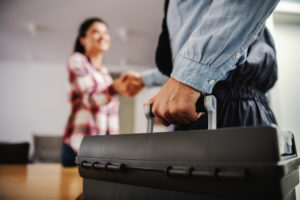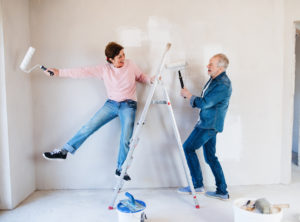

Building your own emergency kit can give you some peace of mind and support when you need it most.
From wildfires and hurricanes to an event that forces you to shelter in place or unexpected loss of access to water and/or food, the events that could lead you to need your own emergency kit are often dependent on where your home is located. While you hope you never need it, the term ‘better to have and not need, than need and not have’ comes to mind.
Why A DIY Emergency Kit?
While there are great emergency kits that you can purchase online, your needs, in the case of an emergency, vary from where you live to who you need to consider in your planning. Simply put, no two people/families will have the same needs. Taking the DIY approach to building an emergency kit will allow you to customize your emergency kit to your specific needs.
What Do I Even Pack My Emergency Kit In?
The best option for packing your emergency kit will be a bag or bin, that is waterproof and can be transported. Some easily accessible options are dry bags and even 5-gallon buckets.
Am I Now A Doomsday Prepper?
For now, no, this guide is not for those looking to assemble a kit that will allow you to survive and thrive after a catastrophic event. Our guide is for those looking to have an emergency kit that will get them through a few days, should they need to wait for services to be restored, or if there is a need to travel to an unaffected area without warning. So, if you are looking for ways to prepare for a ‘basic’ emergency, read on for our basic list and other things to include in your DIY Emergency Kit.
Basic Emergency Kit
- Water and/or a water filter: Red Cross recommends one gallon per day, per person
- Non-perishable, easy to prepare, food
- Flashlight
- Extra Batteries
- Well-stocked first aid or trauma kit such as the ones offered by MyMedic
- A week’s supply of any medications and medical items (hearing aids with extra batteries, glasses, contact lenses, syringes, extra glasses, etc)
- Multi-purpose tool and/or basic tools
- Sanitation and personal hygiene items
- Copies of important documents (medication list and pertinent medical information, proof of address, deed/lease to home, passports, birth certificates, insurance policies)
- Solar cell phone charger
- Family and other emergency contact information
- Extra money
- Emergency blanket: One for each person
- Matches, Lighter, or other fire starters
- Maps of the area
Additional Things to Consider
- A battery-powered or hand-crank radio
- Baby supplies (bottles, formula, baby food, diapers)
- Games and activities for children
- Pet supplies (collar, leash, ID, food, carrier, bowl)
- Two-way radios
- Extra set of car keys and house keys
- Manual can opener
- Whistle
- N95 or surgical masks
- Matches
- Rain gear
- Towels
- Work gloves
- Tools/supplies for securing your home
- Extra clothing, hat, and sturdy shoes
- Plastic sheeting
- Duct tape
- Scissors
- Household liquid bleach
- Alcohol (No, not for drinking but rather for disinfectant and first aid use)
- Entertainment items
- Blankets or sleeping bags
Once your kit is assembled, store it someplace safe but easily accessible within your home and check it annually to ensure food and water have not expired (yes, water can expire). Now, you can rest easy, knowing that your home is a little more prepared should something unexpected happen.













